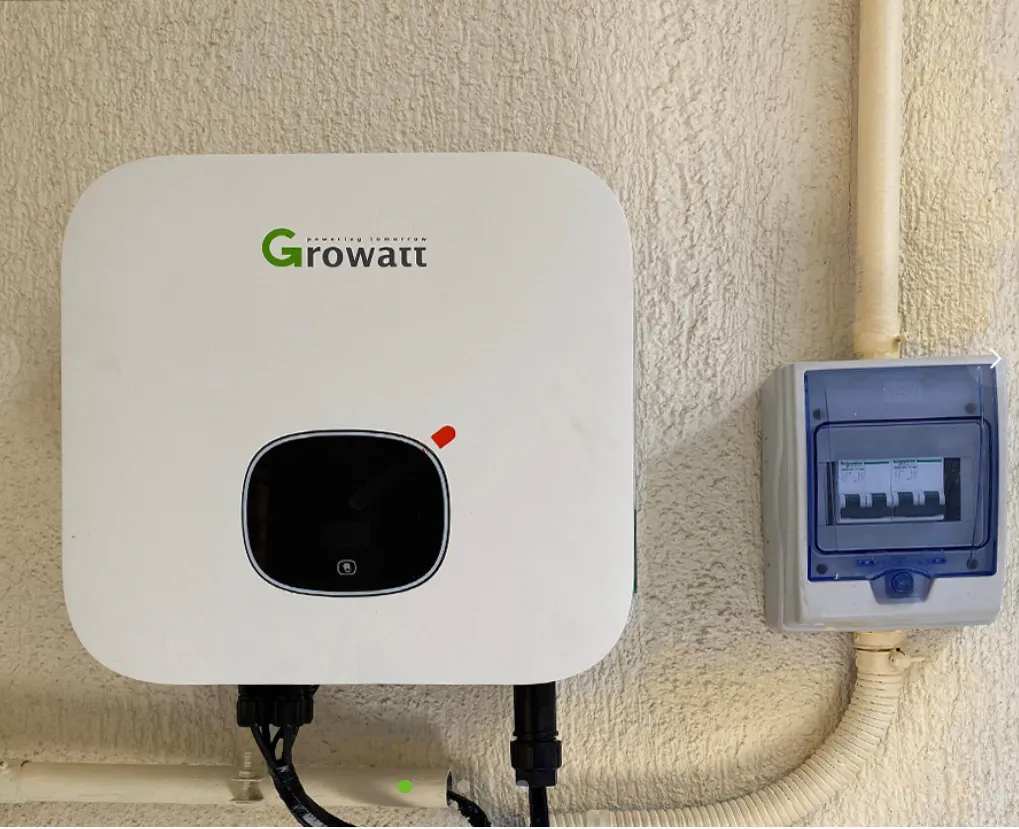Monofacial and Bifacial Solar Panels Comparison for Optimal Energy Efficiency
Monofacial vs. Bifacial Solar Panels A Comprehensive Comparison
The solar energy industry has witnessed substantial advancements in technology over the past few decades, leading to the development of various types of solar panels. Among these options, monofacial and bifacial solar panels have emerged as two of the most popular choices. In this article, we will explore the key differences, advantages, and disadvantages of both types of solar panels, helping you make an informed decision for your solar energy needs.
Monofacial Solar Panels
Monofacial solar panels are the most common type of solar technology available on the market today. These panels consist of a single layer of solar cells that capture sunlight from one side—the front side that faces the sun. Typically constructed with crystalline silicon, monofacial panels are known for their efficiency and reliability.
Advantages of Monofacial Panels
1. Cost-Effective Monofacial panels are generally less expensive to manufacture and install compared to their bifacial counterparts. This makes them a popular choice for residential and commercial installations. 2. Proven Technology With decades of research and development backing them, monofacial panels have a well-established performance record. Many users trust this tried-and-true technology for their energy needs. 3. Simplicity The installation process for monofacial panels is straightforward, requiring standard mounting systems. This simplicity can lead to lower installation costs.
Disadvantages of Monofacial Panels
1. Limited Energy Generation Monofacial panels capture sunlight only from one direction, which can limit their overall energy output, especially in locations with shading or lower solar insolation. 2. Potentially Lower Efficiency Compared to bifacial panels, monofacial panels may have a lower overall energy conversion efficiency under certain conditions, particularly in areas with high albedo (reflectivity).
Bifacial Solar Panels
monofacial vs bifacial solar

Bifacial solar panels represent the next generation of solar technology. These panels are designed to capture sunlight on both their front and rear sides, allowing them to utilize reflected light from surfaces such as the ground or buildings. This dual-sided functionality can lead to significantly increased energy production.
Advantages of Bifacial Panels
1. Higher Energy Output Bifacial panels typically generate more electricity because they can convert sunlight from both sides. Depending on installation conditions, this can result in a yield increase of 10% to 30% compared to monofacial panels. 2. Enhanced Durability Often constructed with glass on both sides, bifacial panels tend to have increased durability and resistance to environmental factors, which can lead to a longer lifespan. 3. Better Performance in Certain Conditions Bifacial panels can perform better in areas with high albedo or snowy environments, where sunlight is reflected back onto the rear side of the panel.
Disadvantages of Bifacial Panels
1. Higher Initial Cost The manufacturing and installation costs for bifacial panels generally exceed those of monofacial panels. This initial investment may deter some homeowners or businesses from opting for bifacial technology.
2. Complex Installation The installation of bifacial panels can be more complex, often requiring specialized mounting systems that maximize reflected sunlight to the rear of the panels.
3. Dependence on Site Conditions To fully leverage their potential, bifacial panels require certain site conditions and configurations, such as reflective surfaces beneath them.
Conclusion
Choosing between monofacial and bifacial solar panels ultimately boils down to assessing individual needs, budgets, and site conditions. Monofacial panels are well-suited for many typical applications due to their lower cost and straightforward installation process. On the other hand, bifacial panels are ideal for situations where enhanced energy production is necessary and the upfront investment can be justified. As technology continues to evolve, both monofacial and bifacial solar panels will play a crucial role in shaping the future of renewable energy. An informed choice can lead to a more efficient and sustainable energy solution tailored to specific requirements.
-
Understanding the Advantages of Solar String Inverters for Your Energy SystemNewsApr.29,2025
-
Choosing the Right PV Inverter: A Comprehensive GuideNewsApr.29,2025
-
The Future of Solar Power: Exploring Bifacial Solar PanelsNewsApr.29,2025
-
The Complete Guide to Solar Panels: Efficiency, Cost, And InstallationNewsApr.29,2025
-
The Best Options for Efficiency and Cost-EffectivenessNewsApr.29,2025
-
Harnessing the Power of Off-Grid Solar Inverters for Energy IndependenceNewsApr.29,2025







